Seed Mix Design: Ecology and Function versus Permitting and Compliance
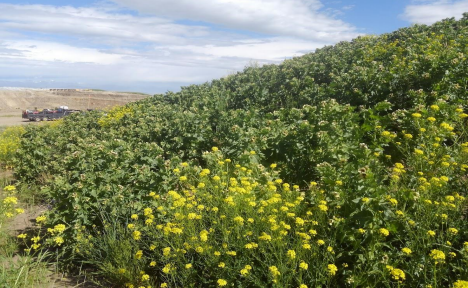
In previous MSC Quarterly articles we addressed the basics of seed mix design. From an ecological and functional perspective, grasses, forbs, and shrubs included in a seed mix have a purpose. The design may lead to revegetation that protects soil from erosion, enhances wildlife habitat, reduces wildfire risk, inhibits noxious and nuisance weeds, or serves […]
Yellow Sweetclover (Melilotus officinalis) is a highly invasive non-native species that establishes rapidly on disturbed ground
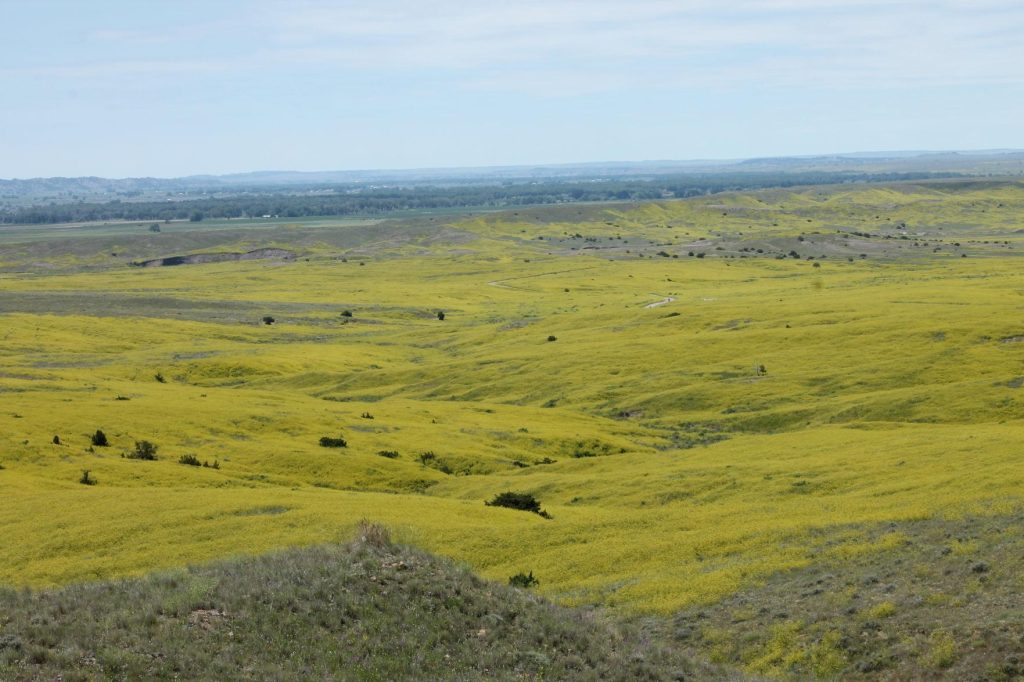
Seed Mix Design: Ecology and Function versus Permitting and Compliance. In previous MSC Quarterly articles we addressed the basics of seed mix design. From an ecological and functional perspective, grasses, forbs, and shrubs included in a seed mix have a purpose. The design may lead to revegetation that protects soil from erosion, enhances wildlife habitat, […]
Use of Forbs in Reclamation and Restoration Revegetation: The Good, the Bad, and the Ugly
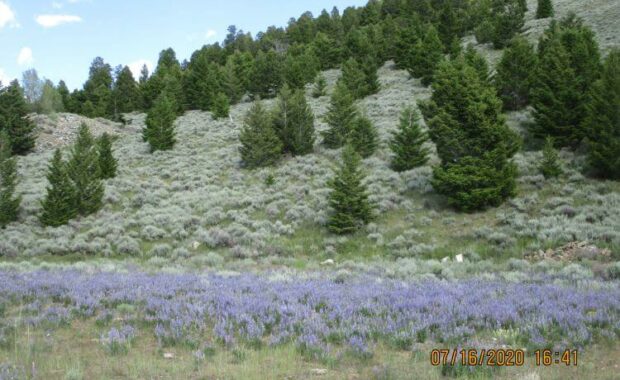
Seed mix design for land rehabilitation, reclamation, and restoration has come a long way in the last 30 years. I recall using yellow sweet clover (Melilotus officinalis) in reclamation and road construction projects back in the early 1990’s. Very recently, a client insisted that we incorporate Dutch white clover (Trifolium repens) into a seed mix […]
Revegetation and the “Dormant Season”
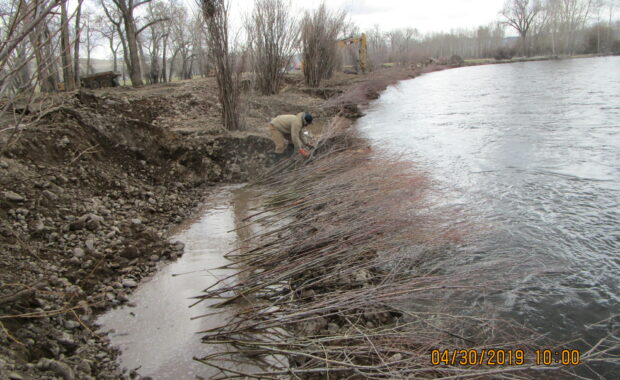
In northern latitudes and high elevations the strategies for revegetation are greatly affected by seasonal temperature and precipitation patterns. The high valleys (>5000 feet) of southwest Montana may enjoy a 100-day frost-free growing season, at best. Much of our annual revegetation efforts occur between late-September and November. Controlling undesirable vegetation, sowing native seed, and planting […]
Use of Herbicides in Successful Land Rehabilitation and Habitat Enhancement
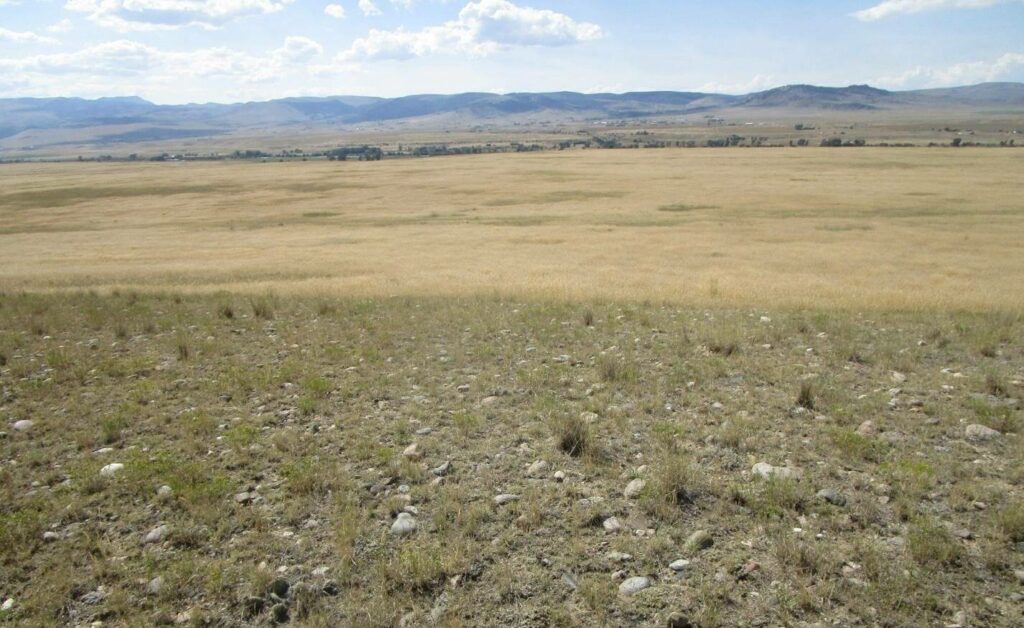
Our previous article (MSC Quarterly, Fall 2016) emphasized that infestations of specific invasive and noxious plant species have increased soil erosion rates on tens of millions of acres in western states. This also results in losses of hundreds of millions of dollars in crop damage, habitat destruction, and control costs. Centurea maculosa (Cm, aka spotted […]
